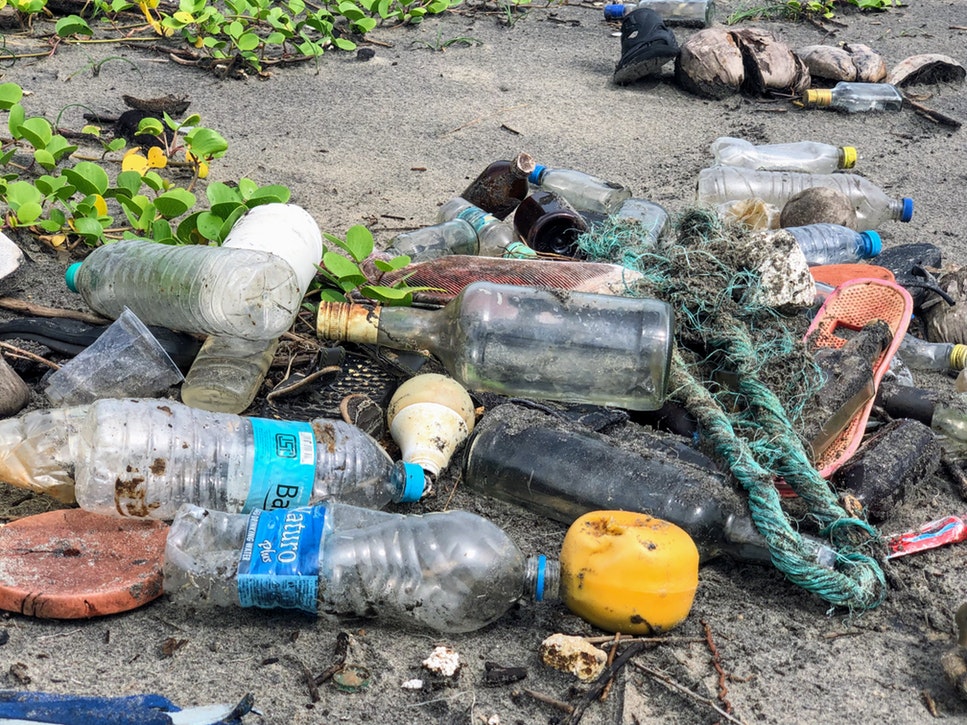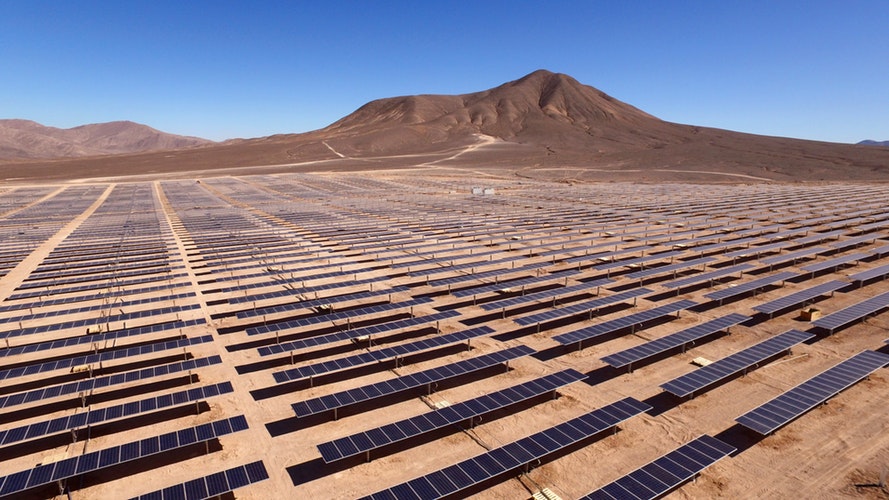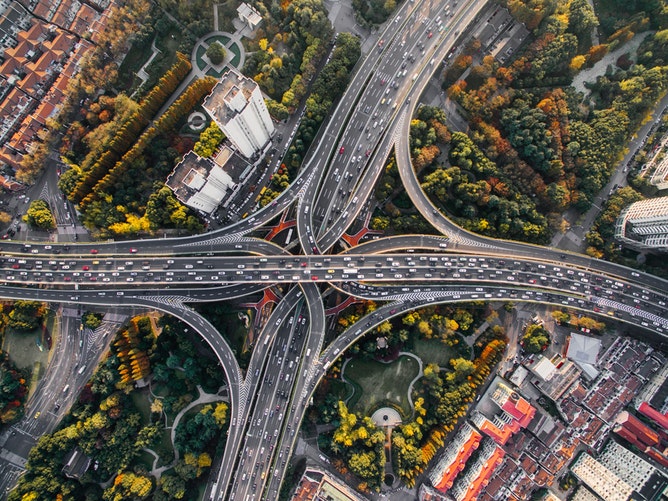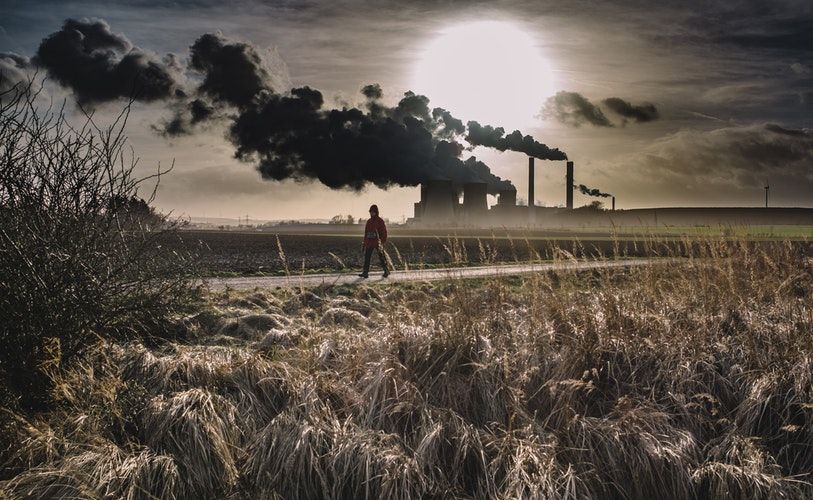By Alice Oliver 4th year, French and Portugese
Alice Oliver looks at what different countries around the world are doing to combat climate change.
Global warming is one of the key issues we face as a generation and is likely to be a cause of global radical upheaval within our lifetimes. In 2017 the UN reported that Global carbon dioxide levels had reached record levels, recent research suggests that temperature rises could cause sea levels to rise by six metres or more in the coming decades, and the latest figures indicate that the amount of plastic in the world’s oceans could triple in the next decade.
In Bristol we’re lucky enough to live in an overtly eco-friendly environment dominated by keep-cups, city bikes, vegan friendly restaurants, food-bins and community gardens. In this context, it can be easy to lose sight of the larger picture: global warming is, by definition, a global issue, one that demands a global response.
So what is the rest of the world doing to combat climate change?

Unsplash / john_cameron
Indonesia
Plastic pollution is for many the seminal issue facing our generation due to its effects on ocean wildlife. A 2015 report indicated that five Asian countries – China, Thailand, Indonesia, Vietnam and the Philippines – were responsible for 60 percent of ocean plastic waste. Of these, Indonesia is second on the list (following China) and hit headlines earlier this week after a dead sperm whale was found washed ashore with 6kg of plastic in its stomach.
The Indonesian government has begun to introduce measures to combat plastic pollution, although much remains to be improved. In 2016 the government trialled an initiative that introduced a levy on plastic bags in 23 cities. The trial was highly successful, leading to a 55 percent decrease in waste and a 40 percent refusal of plastic bags by shoppers in Jakarta. However, retailers declined to continue the scheme following the trial period, and in July of this year the Indonesian government failed to introduce a planned excise on plastic bags due to strong opposition from plastics manufacturers. Despite these setbacks, Indonesia has pledged to reduce its marine waste by 2025, allocating up to US$1 billion annually to reach this target.
Morocco
Moroccan energy needs are growing at a rate of roughly 7 percent per year, but the country remains committed to reducing its use of fossil fuels. Morocco aims to source 52 percent of its energy from renewable sources by 2030, and has lifted all subsidies on diesel, petrol and other heavy fuels in order to encourage a transition into clean energy. The country is home to one of the worlds largest solar plants, located near the town of Ouarzazate. The project, funded mainly by the European Union, heralds the dawn of a new age of solar energy, as countries across Africa and the Middle East embrace their most plentiful source of clean energy.
Other plants in Morocco are already under construction, and the government hopes that they will in the future be able to export solar energy to Europe as well as meeting domestic needs. There are hopes that in the future Africa’s sunshine could enable the continent to supply energy to the rest of the world.

Unsplash / angarav
Sweden
Sweden is near the head of the game when it comes to fighting climate change. One of the first countries to introduce heavy levies on fossil fuels in 1991, the country now sources just under half of its energy from renewable sources. Each year since 2011, less than 1 percent of household waste in Sweden has been sent to landfill. Waste is instead used in incineration centres to produce energy. Indeed, the countries’ incineration centres provide electricity for 250,000 homes and heating for 950,000 homes.

Unsplash / dnevozhai
China
As the country with the world’s largest population and the largest emitter of greenhouse gases, the importance of China’s participation is essential to the fight against global warming. Luckily, China’s outlook to climate change has undergone a sea-change in the past decade. In recent years the country has been working hard both to shed its image as a major polluter, and to reduce air pollution in its cities, launching a number of new eco-projects.
Under the 2014 Paris accord China pledged to peak its carbon emissions and to use 20 percent non-fossil fuels by 2030. In the same year China spent US$89.5 billion on clean energy investment, more than any other country. Since then carbon dioxide emissions have already fallen more than the government originally pledged, and emissions are likely to peak well before 2030.
The country has equally lanced a reforestation project. The government aims to increase forest coverage from 21.7 to 23 percent by the end of the decade, and then to 26 percent by 2030. China has reportedly spent US$83 billion on reforestation across the past five years, its total forest area now accounting for 208 million hectares.
Featured Image: Unsplash / thomashafeneth
Are you interested in eco friendly travel and environmental issues around the world? Let us know!









